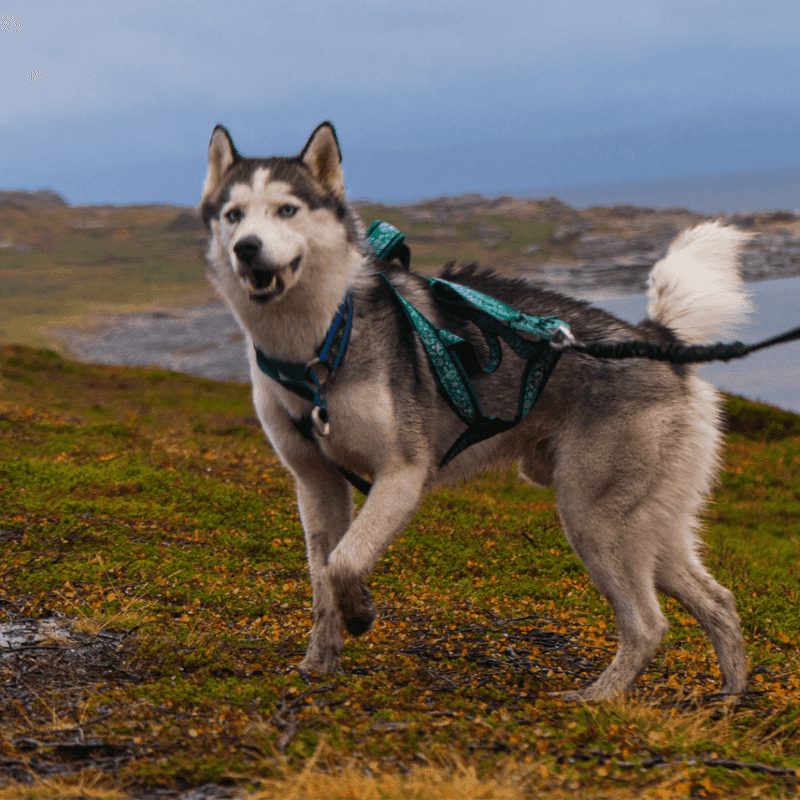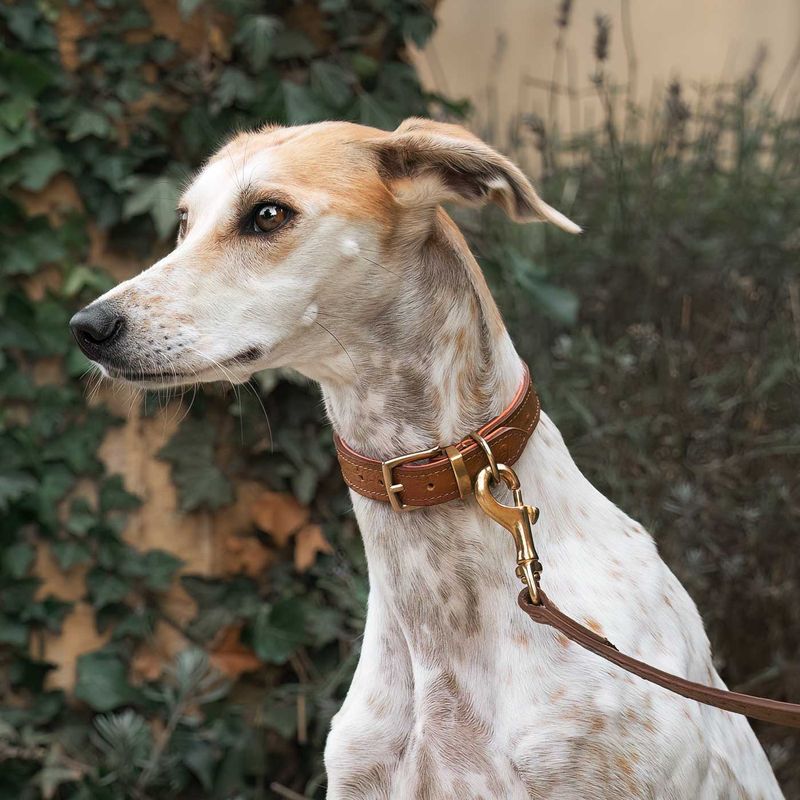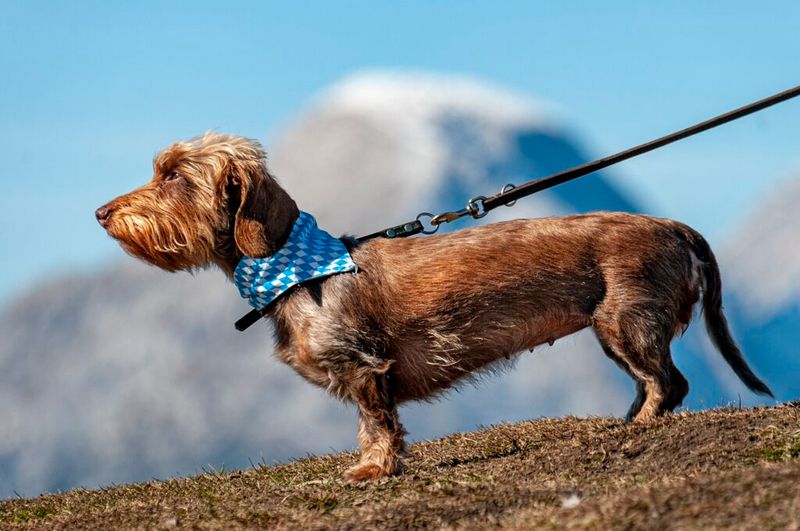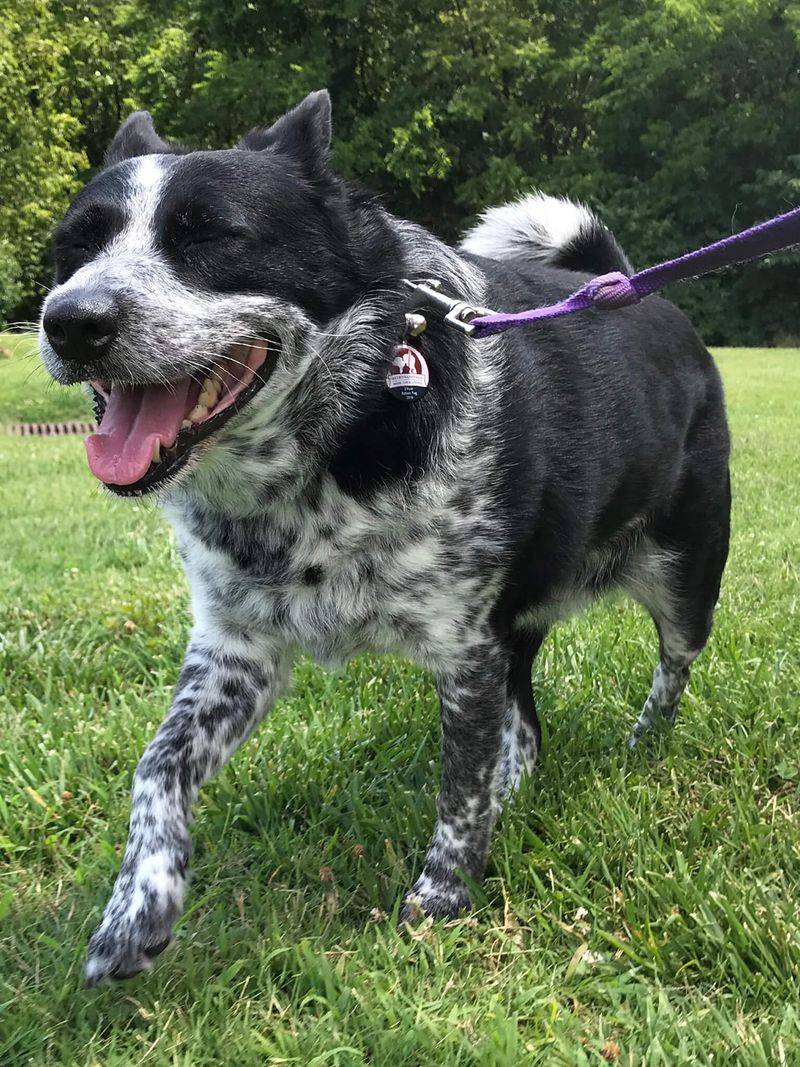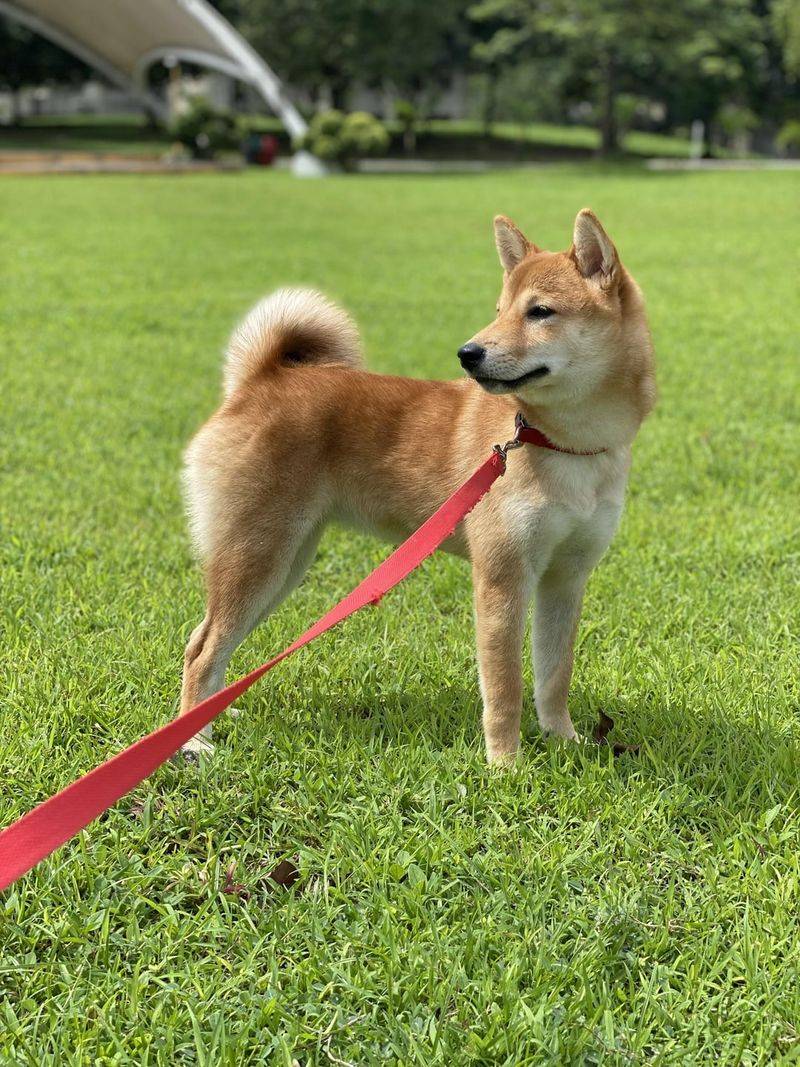Some dog breeds, no matter how well-trained, have instincts so strong that they should never be let off-leash. These instincts can pose risks both to the dogs themselves and to others. Understanding these breeds’ natural behaviors will help owners better manage them and keep everyone safe.
Siberian Husky
With a spirit as free as the Arctic wind, the Siberian Husky is renowned for its stunning appearance and boundless energy. Originally bred as sled dogs, they have an innate desire to run. This makes them prone to wandering off if not kept on a leash. The thrill of exploration can easily override any training, as their instincts take over. Siberian Huskies are also known for their intelligence and independence, which can sometimes translate into stubbornness. For safety, it’s best to keep these adventurous animals leashed in open spaces, ensuring they don’t dash off into unexpected adventures.
Beagle
Nose to the ground and tail wagging like a flag, the Beagle is a natural-born explorer. Bred for hunting, their sense of smell is incredibly strong, often leading them to follow scents with unwavering determination. This single-minded focus can cause them to wander far from their owner. Despite their friendly and affectionate nature, Beagles can be stubborn. This makes recall training a challenge. Their keen sense of smell can lead them into potentially dangerous situations. Thus, a leash is essential to keep them safe and sound while exploring the world around them.
Greyhound
Graceful and swift, the Greyhound is a breed that embodies speed. Known as racing dogs, their explosive pace can see them disappear in moments if let off-leash. While they are gentle and affectionate companions, their prey drive is strong. Anything that moves quickly can trigger their instinct to chase. Once in motion, calling them back can be nearly impossible. It’s crucial to keep Greyhounds on a leash in open areas, not only for their safety but also for the safety of smaller animals that might cross their path unexpectedly.
Basenji
With a stature as sleek as its curiosity is deep, the Basenji is a small yet remarkable hound. Known for being the “barkless dog,” this breed communicates with unique yodel-like sounds. Their independent nature and strong prey drive make them a flight risk when off-leash. Basenjis are known for their agility and love to explore, which can lead them into trouble if not closely supervised. Their natural curiosity often draws them into the unknown. Keeping them on a leash ensures their safety and prevents them from wandering too far into risky situations.
Akita
With a proud stance and a heart full of loyalty, the Akita is a breed that commands respect. Originally from Japan, they were bred as hunting and guard dogs, which contributes to their independent nature. Akitas are known for their protective instincts and can be quite territorial. This makes them potentially aggressive towards other animals if not properly managed. Their strong prey drive and dominant personality require careful handling. Keeping an Akita on a leash is essential, especially in public spaces, to prevent any unexpected encounters or territorial disputes.
Dachshund
Small in stature but big in personality, the Dachshund is a breed full of surprises. Bred for hunting badgers, they have a strong prey drive despite their diminutive size. This makes them fearless explorers, often digging and burrowing wherever they please. Their curiosity can lead them into trouble, and their stubborn streak makes recall training challenging. It’s important to keep these lively dogs on a leash in open areas. This ensures they don’t follow their noses into potentially hazardous situations or dig their way into places they shouldn’t.
Jack Russell Terrier
Vivacious and feisty, the Jack Russell Terrier is a small dog with a giant spirit. Known for their high energy and intelligence, these dogs were bred for hunting foxes. Their enthusiasm for chasing anything that moves is unmatched. This makes them a handful off-leash. Their determination and speed can make them difficult to recall once they take off. It’s best to keep Jack Russells leashed in open areas. This ensures they don’t dash into danger or chase after wildlife. Their spirited nature can be enjoyed safely with a little restraint.
Dalmatian
Famous for their unique spots and lively nature, Dalmatians are dogs with a zest for life. They were originally bred as carriage dogs, which explains their love for running and accompanying their owners. Dalmatians are known for their endurance and can cover great distances quickly. Their strong prey drive and keen senses can lead them to wander far if let off-leash. Keeping them leashed is important to prevent them from getting into trouble or running into hazardous areas. This way, their playful energy can be safely managed.
Australian Cattle Dog
Built for herding and loved for their intelligence, Australian Cattle Dogs are hard-working and alert. Their herding instincts are strong, and they have a tendency to chase moving objects, animals, or even cars. This makes them challenging to manage off-leash. While they are loyal and protective, their determination can sometimes lead them into trouble. Australian Cattle Dogs thrive when given a job to do. Keeping them on a leash helps prevent them from acting on their instincts inappropriately, ensuring they stay safe and focused in various environments.
Shiba Inu
With a face full of expression and a tail that curls with confidence, the Shiba Inu is a breed that captivates many. Known for their spirited personality and independence, these dogs are often compared to cats in their behavior. Their hunting instincts are still very much alive, and they are prone to chasing after small animals. The Shiba Inu’s strong-willed nature and aloof demeanor make them a flight risk off-leash. Keeping them leashed is crucial to prevent them from exploring too far and ensuring they don’t get lost in their pursuit of adventure.

